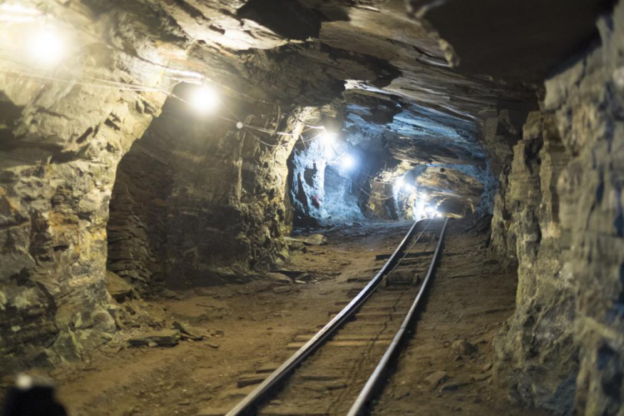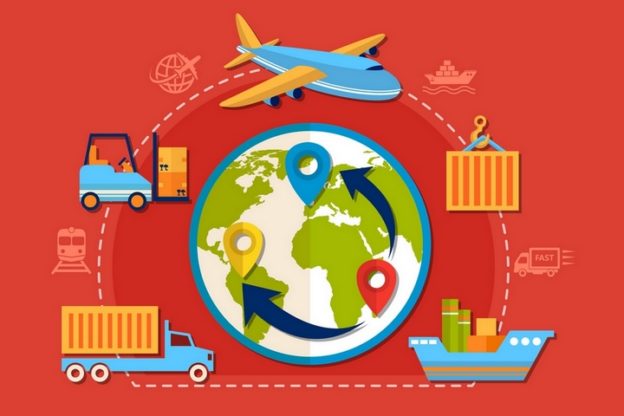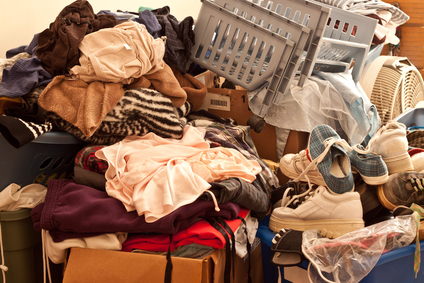The mining industry is probably one of the riskiest industries there is out there. Accidents have been reported on mines all over the world from time to time and so many people have lost their lives while on duty. Most of these accidents have been reported in china since the country has the most dangerous mines. There are rules such as the use of the proper mining safety equipment that have been put in place by the relevant authorities to ensure that safety is a priority. If you work in a mine or want to do that in future, here are seven safety tips to reduce mining accidents.
1. Be aware
This is the first thing that you need to do in order to protect yourself. You need to realize that you are working in a dangerous area. Be aware of the fact that you need to protect yourself at all times. The mining industry is really dangerous so always look out for yourself and your colleagues.

2. Plan and communicate
Make sure you take your time while doing your tasks so that you do them as efficiently as possible. Do not focus only on finishing the job as it might bring a safety issue. Make sure you give spend money and time to get all the requirements to make the mining process safe.

3. Professional training
Training about work and safety should not only be for the new members. Everyone who is on the job should get professional training so they know how to do their job well and how to protect themselves should anything happen in the line of duty.
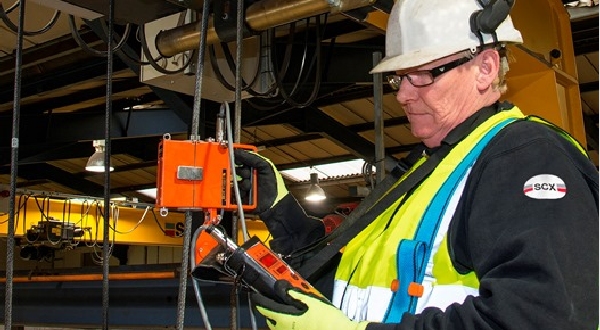
4. Safety equipment
There are lots of safety equipment that workers should have on at all times. These include glasses and gloves as well as helmets. The importance of safety equipment in a mine can not be overlooked so ensure that all workers are wearing their equipment at all times.

5. Team supervision
The team working on the site should always follow safety instructions. This means there must be a supervisor to coordinate the work and follow up on the rules being enforced. As a supervisor,through out every shift, make sure you know where all your workers are at any point in time.
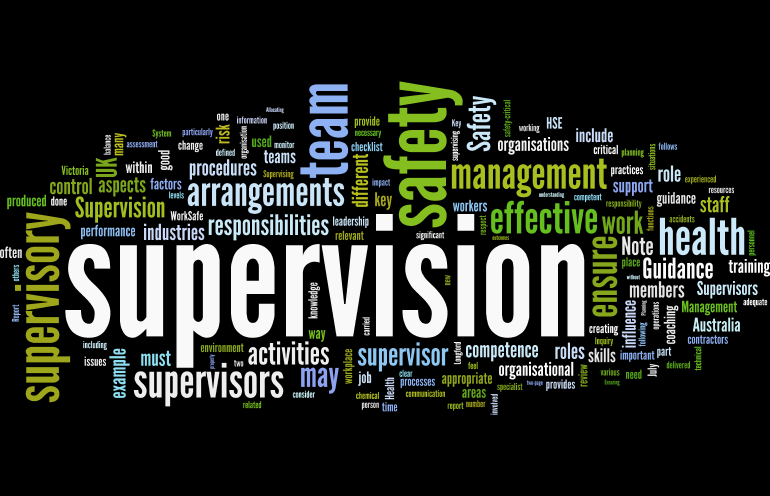
6. Well documented safety procedures
Even after training of all workers, ensure that there are well documented safety procedures to be followed in the event of an accident or emergency. Make sure you spell out the different scenarios that could happen and what should be done.

7. Safety standards
Ensure that your safety equipment as well as working equipment is serviced regularly to meet the required standards of safety. Do not try to cut down on costs by using faulty equipment. Safety should be key at all times.


